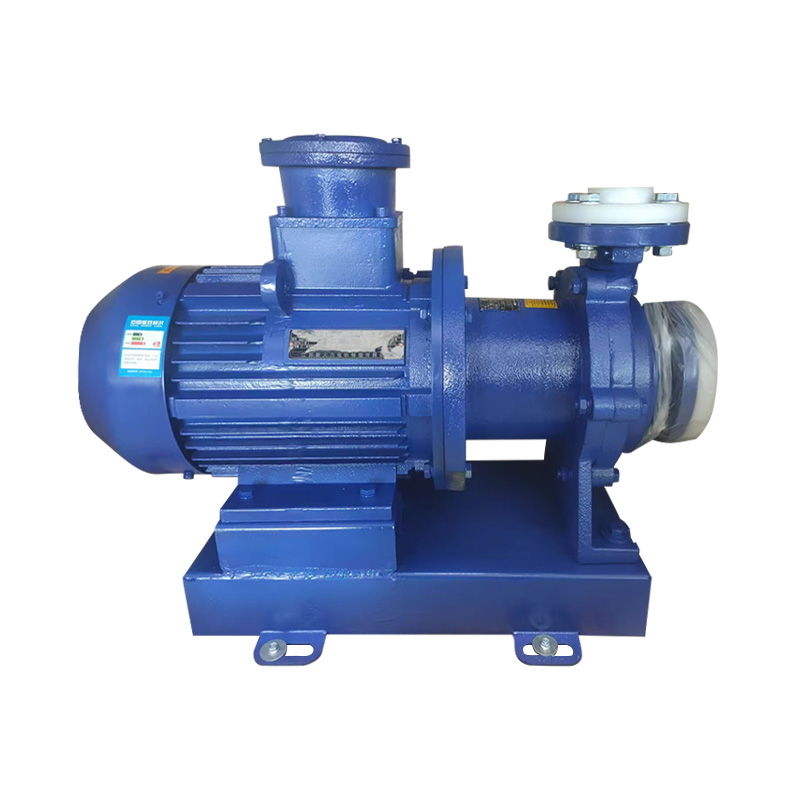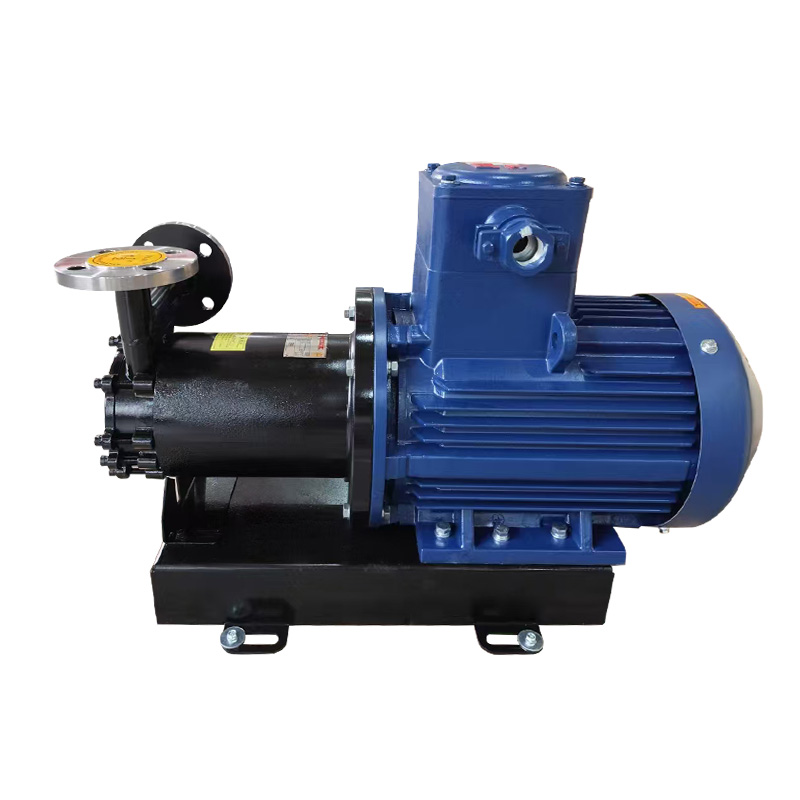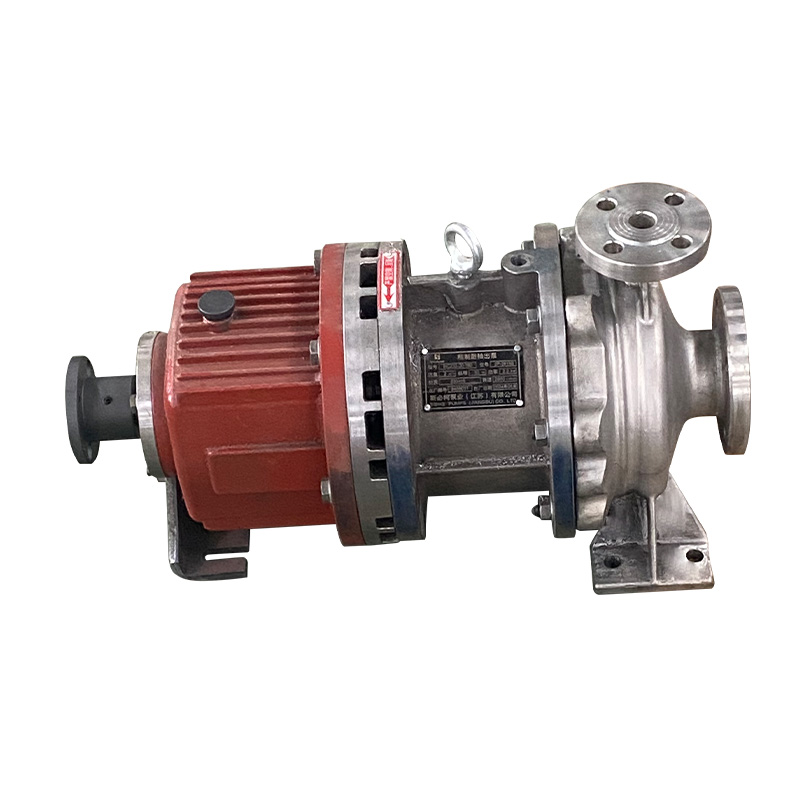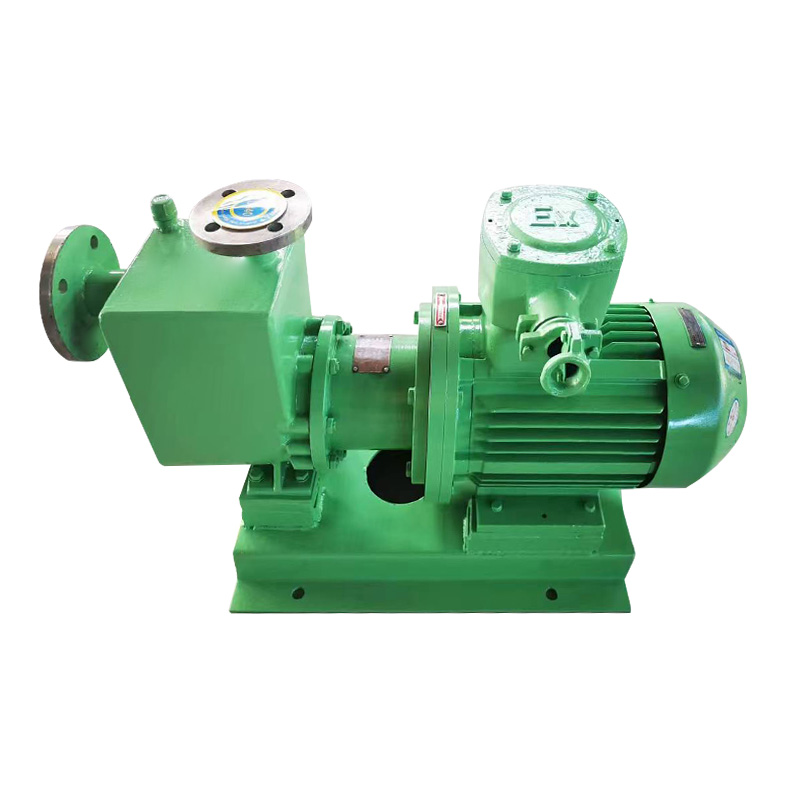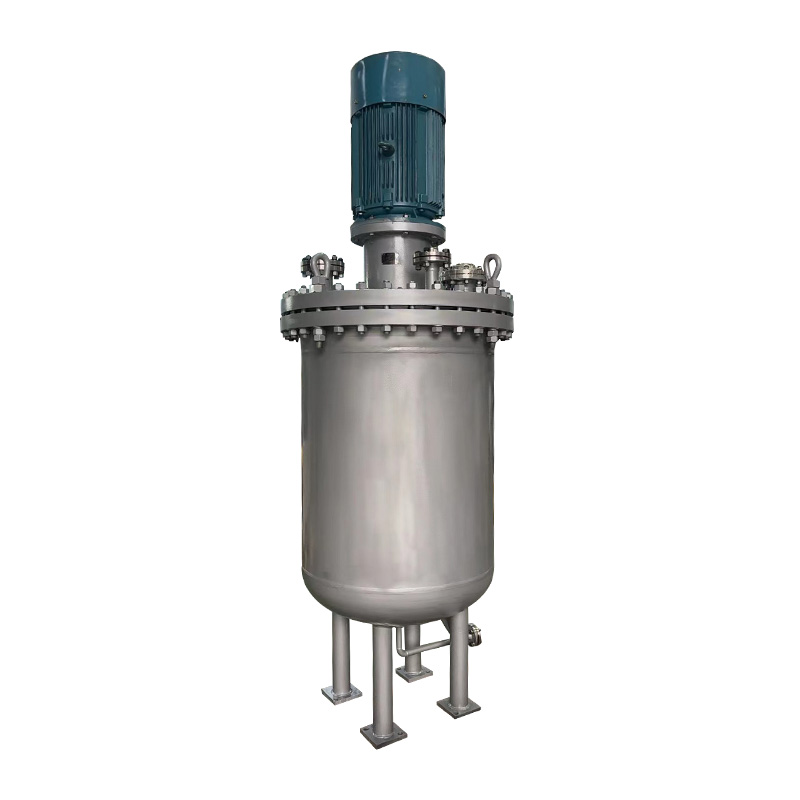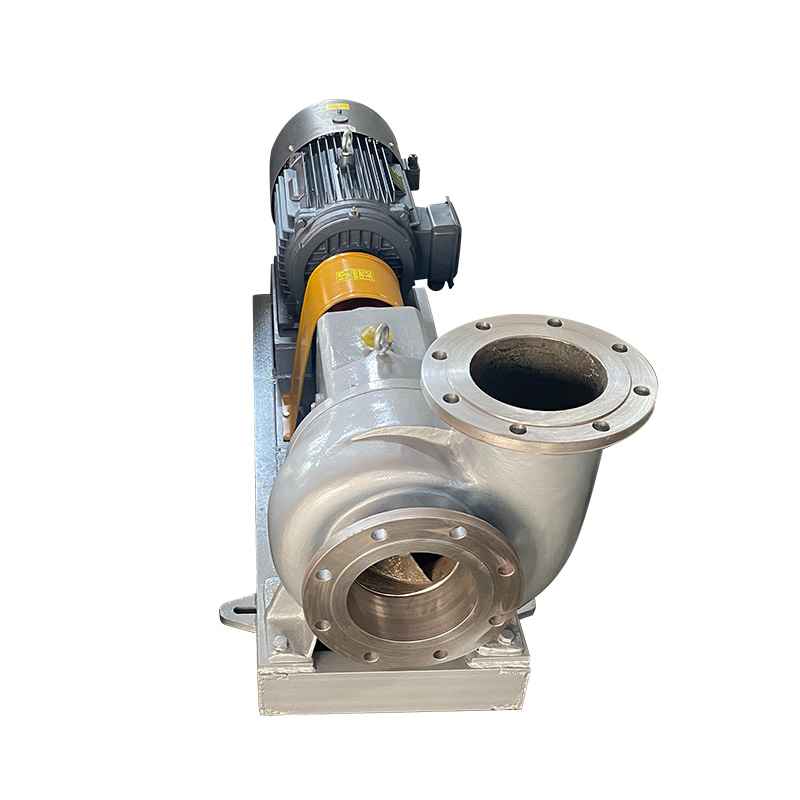Working Principle and Structural Characteristics of Axial Flow Pumps
Axial flow pumps represent a category of fluid machinery that generates thrust through blades mounted on a rotating shaft, operating on the airfoil principle derived from aerodynamics. As the pump shaft drives the blades to rotate, they generate lift forces that propel fluid along the axial direction. This pump type features a straight-through flow passage design where fluid enters and exits parallel to the pump shaft. The impeller typically incorporates 3-6 twisted blades with adjustable angles ranging from 15-30 degrees to accommodate various operating conditions. A guide vane assembly installed behind the impeller converts kinetic energy from rotational motion into pressure energy. Due to this unique structural design, axial flow pumps can achieve tremendous flow rates at relatively low heads, with peak efficiency usually occurring within the 5-15 meter head range while delivering flows reaching tens of thousands of cubic meters per hour.Performance Comparison Between Axial Flow Pumps and Centrifugal Pumps
Although both belong to the dynamic pump category, axial flow pumps demonstrate distinct performance characteristics compared to centrifugal pumps. The head-capacity curve of axial flow pumps shows a steep drooping characteristic where head rises sharply as flow decreases, potentially causing motor overload. In contrast, centrifugal pumps exhibit relatively flat head-capacity curves. Regarding efficiency, axial flow pumps have narrow high-efficiency zones typically concentrated near rated conditions, with efficiency dropping rapidly outside this range. Centrifugal pumps maintain wider efficient operating ranges. Concerning cavitation performance, axial flow pumps generally require higher NPSH (Net Positive Suction Head) values than centrifugal pumps, necessitating greater submergence depth. Application-wise, axial flow pumps excel in high-flow, low-head scenarios while centrifugal pumps perform better in medium to high-head applications.Practical Applications of Axial Flow Pumps in Agricultural Irrigation Systems
In modern agricultural irrigation, axial flow pumps play an indispensable role. Large irrigation districts typically employ vertical axial flow pumps to extract water from rivers or reservoirs, With single-pump capacities exceeding 10m³/s, it is enough to meet the irrigation needs of thousands of acres of farmland。 Pump station designs must account for flood season water level variations, often incorporating adjustable pitch blades to adapt to changing water conditions. In plain areas, axial flow pumps frequently work in conjunction with channel systems, achieving regional water resource optimization through coordinated pump station operations. Particularly noteworthy is the integration of axial flow pumps with pressure pipelines in water-saving irrigation systems, enabling precise water delivery through frequency conversion control. Operational data demonstrates that irrigation systems utilizing axial flow pumps achieve over 30% energy savings compared to traditional water lifting methods while significantly improving automation levels.Routine Maintenance and Common Fault Handling for Axial Flow Pumps
Ensuring stable operation of axial flow pumps requires establishing a scientific maintenance system. Daily maintenance priorities include monitoring bearing temperatures, inspecting seal leaks, and regularly measuring vibration values. Monthly inspections should check clearances between blades and pump casings, ensuring they remain within design specifications. Among common faults, excessive vibration often results from blade damage or rotor imbalance, requiring shutdown for dynamic balancing correction. Insufficient flow may stem from improper blade angles or low forebay water levels, necessitating operational parameter adjustments. Cavitation manifests as increased pump noise and reduced efficiency, addressed by increasing submergence depth or reducing rotational speed. Major overhauls typically scheduled every 8,000 operating hours involve comprehensive inspection of blade cavitation damage and repair or replacement of compromised components. Maintaining detailed operation logs recording flow, head, current and other parameters facilitates early detection of potential issues.Technical Methods for Improving Axial Flow Pump Operating Efficiency
Enhancing axial flow pump efficiency requires addressing multiple technical aspects. Hydraulic design optimization involves using computational fluid dynamics analysis to refine blade profiles and reduce hydraulic losses. Variable pitch technology allows real-time blade angle adjustments to maintain operation within peak efficiency zones. Frequency conversion devices enable speed regulation according to actual demand, avoiding throttling losses. For large pumping stations, optimized dispatching algorithms distribute loads rationally among multiple pumps. Surface treatment technologies like polymer coating reduce flow passage roughness, minimizing friction losses. Monitoring systems equipped with online efficiency measurement devices calculate real-time operating efficiency, promptly detecting efficiency degradation trends. Practice demonstrates that comprehensively implementing these technologies can improve axial flow pump system efficiency by over 15%, resulting in substantial annual electricity savings.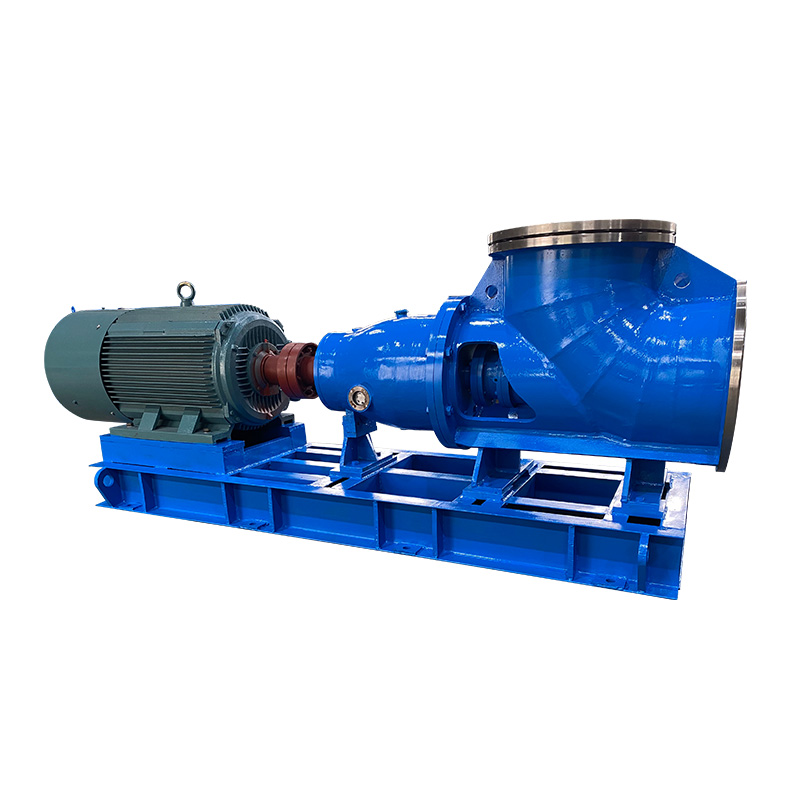



 English
English русский
русский Español
Español